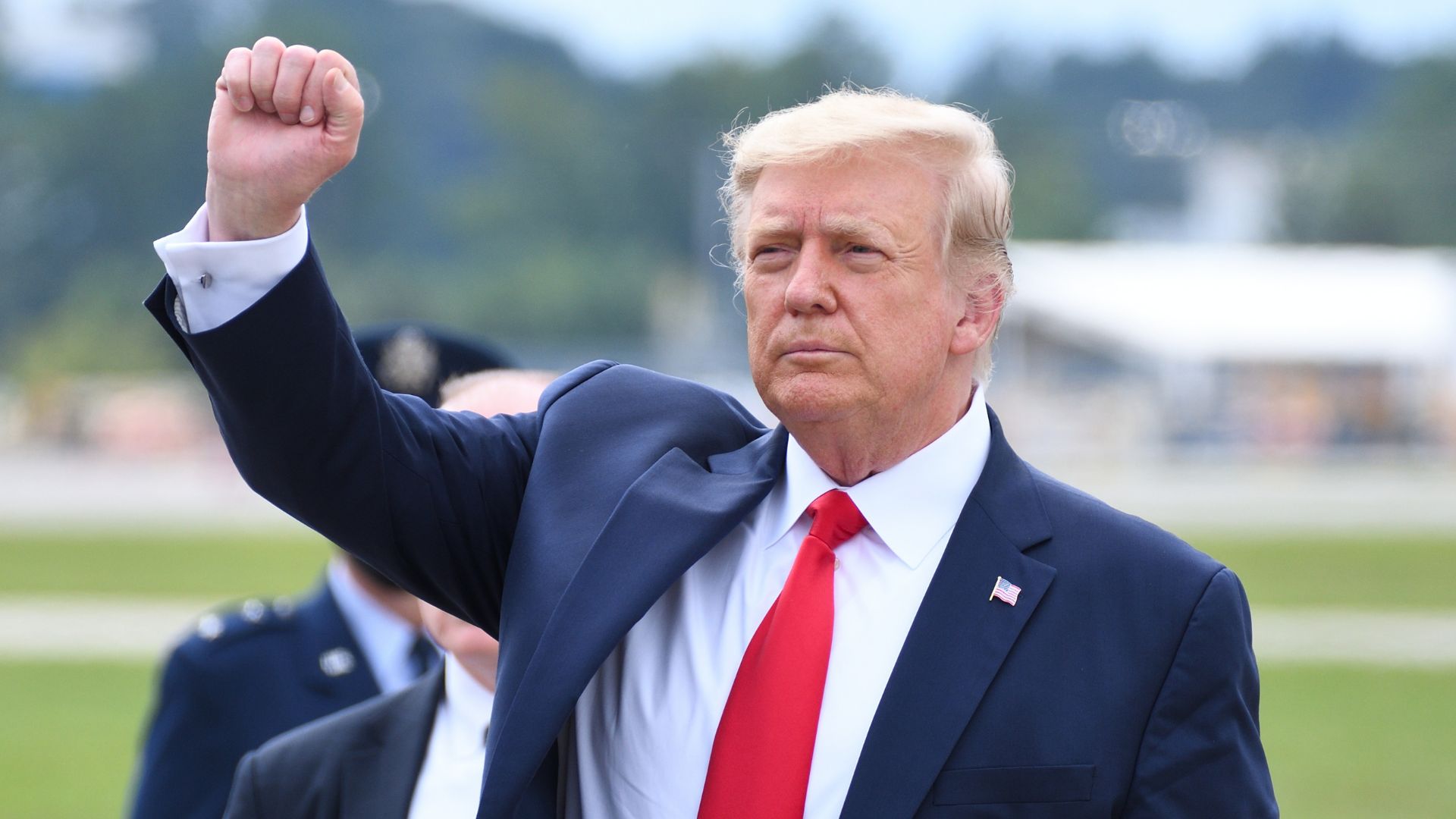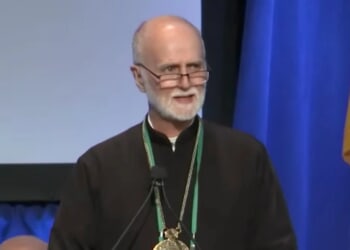
The number of foreign-born residents in the United States has declined in 2025, marking the first such drop in more than half a century, according to a new analysis from the nonpartisan Pew Research Center.
Pew’s report, released this week, shows that the immigrant population in the U.S. reached a record 53.3 million in January 2025.
By June, that number had fallen by nearly 1.5 million, a reversal attributed largely to the immigration policies pursued by President Donald Trump during his second term.
Trump’s Sovereign Wealth Fund: What Could It Mean For Your Money?
The data reveals that for the first time since the 1960s, more immigrants have left the U.S. than have entered.
Pew’s findings underscore the scale of recent enforcement actions and shifts in federal immigration policy.
The study also highlighted earlier data showing that the number of noncitizens residing in the country illegally rose to a record 14 million in 2023.
Trump frequently cited that statistic during the 2024 election campaign against Joe Biden and Kamala Harris, pledging aggressive measures to reverse the trend if re-elected.
This Could Be the Most Important Video Gun Owners Watch All Year
[esi random_video_player ttl=”0″]
Since returning to the White House in January 2025, Trump has signed 181 executive orders tied to immigration policy.
The administration has launched large-scale deportation operations, promoted voluntary self-deportations, expanded security measures at the southern border, and imposed stricter requirements for foreign students.
These policies have had measurable effects.
Pew’s analysis shows the immigrant share of the overall U.S. population dropped from 15.8% in January to 15.4% in June.
The shift has also impacted the American labor force.
Pew found that the share of immigrants in the workforce declined from 20% at the beginning of the year to 19% by June.
That translated to a loss of more than 750,000 immigrant workers in just six months.
Immigrants, both legal and illegal, make up a significant portion of the U.S. labor market, particularly in industries such as agriculture, construction, and hospitality.
The drop has prompted discussion among economists about how sustained declines could affect the broader economy.
Some economists noted that the long-term impact will depend on whether Trump’s administration maintains or escalates current enforcement measures throughout the remainder of his second term.
Others cautioned that the loss of immigrant labor could create challenges for employers already facing shortages in certain sectors.
The Pew report also placed the 2025 decline in historical context.
The U.S. foreign-born population had been steadily increasing since immigration reforms in the 1960s, reaching new highs nearly every decade.
The reversal seen this year, Pew concluded, represents a significant break from a long-standing trend.
While the economic implications remain under debate, Pew’s findings confirm that Trump’s immigration crackdown has already produced a measurable reduction in the size of the foreign-born population in the U.S.

![Trump’s Immigration Enforcement Strategy Produces First Net Loss In 60 Years [WATCH]](https://www.right2024.com/wp-content/uploads/2025/08/Trumps-Immigration-Enforcement-Strategy-Produces-First-Net-Loss-In-60-750x375.jpg)


![Steak ’n Shake Mocks Cracker Barrel Over Identity-Erasing Rebrand [WATCH]](https://www.right2024.com/wp-content/uploads/2025/08/Steak-n-Shake-Mocks-Cracker-Barrel-Over-Identity-Erasing-Rebrand-WATCH-350x250.jpg)



![Soros Network, Others Behind LA Riots [WATCH]](https://www.right2024.com/wp-content/uploads/2025/06/Soros-Network-Others-Behind-LA-Riots-WATCH-350x250.jpg)
![Mount Rushmore Could Get Trump Upgrade Under GOP Push [WATCH]](https://www.right2024.com/wp-content/uploads/2025/07/Mount-Rushmore-Could-Get-Trump-Upgrade-Under-GOP-Push-WATCH-350x250.jpg)
![Human Trafficking Expert Details Horrific Biden Admin Endangerment of Migrant Kids [WATCH]](https://www.right2024.com/wp-content/uploads/2025/07/Human-Trafficking-Expert-Details-Horrific-Biden-Admin-Endangerment-of-Migrant-350x250.jpg)





